“Together, we must remove the physical barriers we have created and the social barriers that we have accepted. For ours will never be a truly prosperous nation until all within it prosper.”
These were the words spoken by President George W. Bush on July 26, 1990, the day he signed the Americans with Disabilities Act (ADA) into law. Now, almost 32 years later, we have come very far, but we still have a long way to go before fully accessible public transportation is available to all.
For example, while public transit vehicles must be accessible, often a lack of or poorly maintained sidewalks and bus stops without curb cuts often present significant challenges to riders. These obstacles hinder their navigation of public transport systems, limiting their use to only a fraction of the stops.
As our society continues to innovate, we now have apps we can use to schedule, book, and pay for public transit trips; however, there is often very little incentive or attention given to the importance of accessible app technology, and this has not been made a requirement for users.
The CFR for ADA requirements regarding public transit were last updated in 1991, when there were no apps, and cell phones were just arriving on the scene. Cell phones then looked more like bricks with LCD screens than mini-PCs.
One of the most informative projects that I have had the opportunity to work on at Feonix in the past four years is, without a doubt, the Regional Transit Authority of Southeast Michigan, Michigan Ride Paratransit project. Funded by the Michigan Department of Transportation as part of their Mobility Challenge grant program, we deployed an app designed specifically for paratransit riders in the region.
What was unique about the project was the dedicated commitment to the user experience. Thanks to the work of Menlo Innovations, the transit leaders at SMART, Detroit DOT, and TheRide, and numerous passenger and staff interviews, we knew what the desired end result was before our team and technology partners started their work.
Calibrating efforts spanning three sophisticated public transit agencies, we met almost every other Friday morning for almost 9 months to configure, design, brand, and test technology that would enable the coordination of services and accessible app booking requirements. We looked at variations in mobility aid terminology, trip booking windows, dispatch hours of service, geofencing service areas, and operational logistics.
Then, we went to the customer service agents, dispatchers, and passengers and spent almost another 6 months in training and alpha testing. Every tap, click, and screen were analyzed with a fine-tooth comb. Everyone put in the work. We believed and knew we were not just creating an app; we were paving the road toward equity.
The result was a transformative change in the lives of passengers during some of the most challenging times in their lives amid the COVID-19 pandemic.
Some passengers who use the service frequently got months of their life back when they could book six trips in less than 60 seconds on the app compared to when this process used to take 60 minutes via the call center.
Other passengers have caregivers who work in the medical industry, who amid 12-hour shifts were able to book rides for loved ones during late nights or early mornings.
The result of the accessible app technology has been an equitable experience for paratransit customers and caregivers. They no longer have to call during certain times of the day or wait on hold. In seconds, they can cancel rides when plans change. The fact that they can look at their phones at any time and see when their rides are scheduled has offered them peace of mind, saving on additional calls and reducing stress.
If we are to hold true to the ADA, we need to be more intentional about creating accessible app technology for both fixed-route transit and paratransit, as well as all modes of transportation.
It has been an honor to be a part of this incredible journey.
Check out below the latest issue of the Feonix Insider, highlighting our public transit partner SMART and technology partner SkedGo.
Stay tuned for more information and additional resources about this project! We have more videos, white papers, and technical guides that we plan to share as part of this pilot program.
